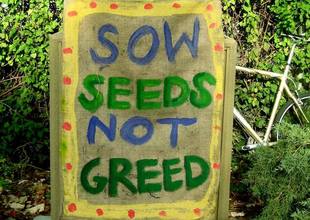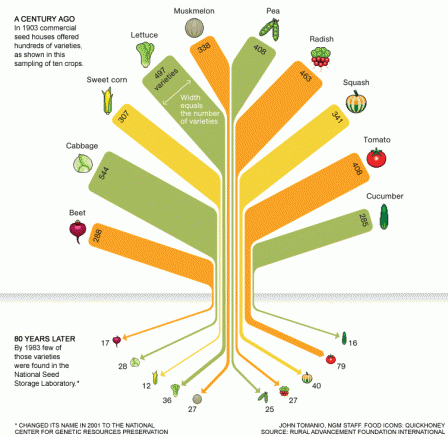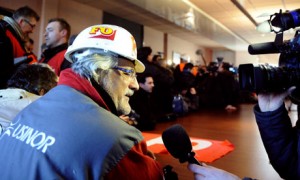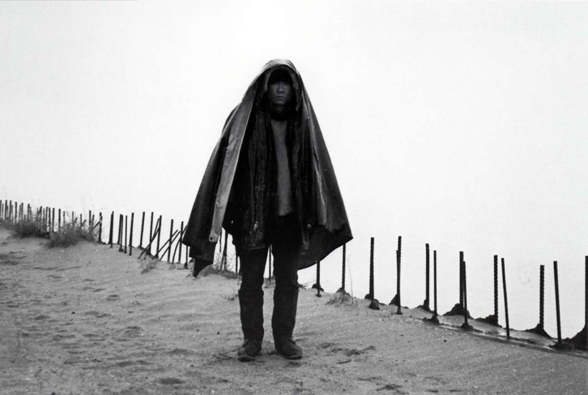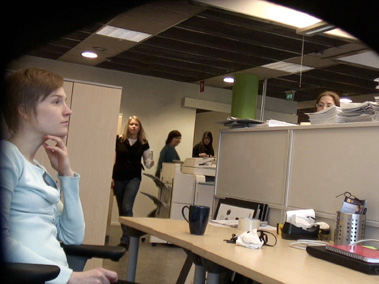I spent the day on a plane from LA to New York reading the papers about the Oscars and watching films in the back of the seat in front. So it seems proper to offer a guide to Occupy The Oscars (OTO) with our top hated nominations! Let’s note: there is going to be an actual Occupy the Oscars action (or so I heard), so I respect their initiative. Also: we hated lots of non-nominated films and didn’t see many of the films released since September because of Occupy.
Here’s the opening monologue: the main reason OTO hates the Oscars is that the Hollywood film industry has somehow managed to generate an entire roster of nominations that makes not even the slightest allusion to the crisis that began in 2008. I don’t expect, or even want, Occupy: The Movie, or more Orientalist films about the Arab Spring.
But would it be too much to ask that the dominant culture industry–and one of the dominant industries period–in the US make some acknowledgement of the Depression? The one that’s happening now, that is, not the one in the 1930s? Or are we set for a repeat of the Tinseltown movies of the post-1929 crash in which everyone is just about to play tennis before heading off to the Copacabana? The mythology of liberal Hollywood turns out to be a slight preference for the left of centre, unwilling even to acknowledge one of the great social events of its time. So misty-eyed and nostalgic are the Oscars this year that they even brought back Billy Chrystal and, yes, I’m afraid he’s going to sing.
Which brings us to the first OTO most hated nomination: The Artist! Not because it’s much-touted photography is in fact mediocre; or even because the vamping and mugging that passes for silent-screen acting is such a bore. But because the afore-mentioned 1929 crash is reduced to a bit part in the predictable character development of Valentin, with a few picturesque Skid Row types thrown in as background color (I am also going to hate when he accepts the Oscar with a silent performance). So even the displacement of the Depression into the past cannot be fully acknowledged.
It’s traditional to have a few minor nominations next, so let’s note the OTO hated all the original scores and best songs as usual. And even the industry has noticed that the documentaries and foreign films categories are a joke–although one spot of non-hate is The Separation.
Next up: OTO hated Midnight in Paris! Although not hated as much as some of the other top hated nominations, the silly romanticization of a Paris where there are never any African diaspora people, let alone any hint of the radical politics of 1920s Paris made us tired. Mostly we hate Woody Allen movies these days because of his sad lusting after actresses like Scarlett Johansenn–it’s very bad for the Jews.
Moving on: OTO really hated War Horse! Here we can’t abide the way that all the lush photography, hyper-realistic period detail and swelling music renders aesthetic the obscenity of the First World War that the film is supposedly criticizing. This is not the trivial point that it may seem. The militarization of US culture throughout the military-industrial complex has depended on what Fanon called “an aesthetic of respect for the status quo.” This aesthetic is not directly about beauty so much as a sense that things are right, or as they should be, epitomized and embodied by the military trappings of uniform, flags and drill. Extremely Loud & Incredibly Close was also nominated in this category for perpetuating the 9-11 mythologies.
Next category: movies that OTO wished had thought it through a little better. First in this category: The Descendants! As much as I quite liked the film, the central drama of whether or not to sell the family land for a resort is far less compelling post-2008 than when Kaui Hart Hemmings novel was published in 2007. Present-day Hawai’i has seen a major decline in tourism following the recession, as well as a resurgence of the Native Sovereignty Movement. Also nominated here: Moneyball! This film wants to tell a story about small-town grit triumphing over the Big City but it doesn’t hang together. Billy Beane applies Ivy League neo-liberal economics to baseball to middling effect: it gets him out of the baseball basement but not into the World Series. In exactly the same way, a tech company (say) might rise quickly but to become hegemonic, it needs a deal with Google or Facebook.
And now: the moment you’ve all been waiting for: OTO‘s most-hated nomination of all: once again, in a cake walk, the nomination of Meryl Streep for best actress in The Iron Lady for playing Margaret Thatcher!! Maximum hate on all levels!!! Thatcher is portrayed by Streep as a modified feminist hero, battling against evil men, as if there had never been women in British politics before–let’s just remember Tony Benn’s mantra: The Diggers, the Chartists and the Suffragettes. Worse yet, the film airbrushes precisely the form of ruthless neo-liberal politics that have generated the present crisis. OTO did of course refuse to see this film but sat through the apparently endless trailer and is unanimous in awarding La Streep the most hated nomination of 2012!!
All opinions expressed in this commentary are not necessarily the opinion of Occupy Wall Street. If you experience anger or rage while reading them, please consult your bartender.
Please turn off the Oscars and watch almost anything else except Downtown bloody Abbey.



